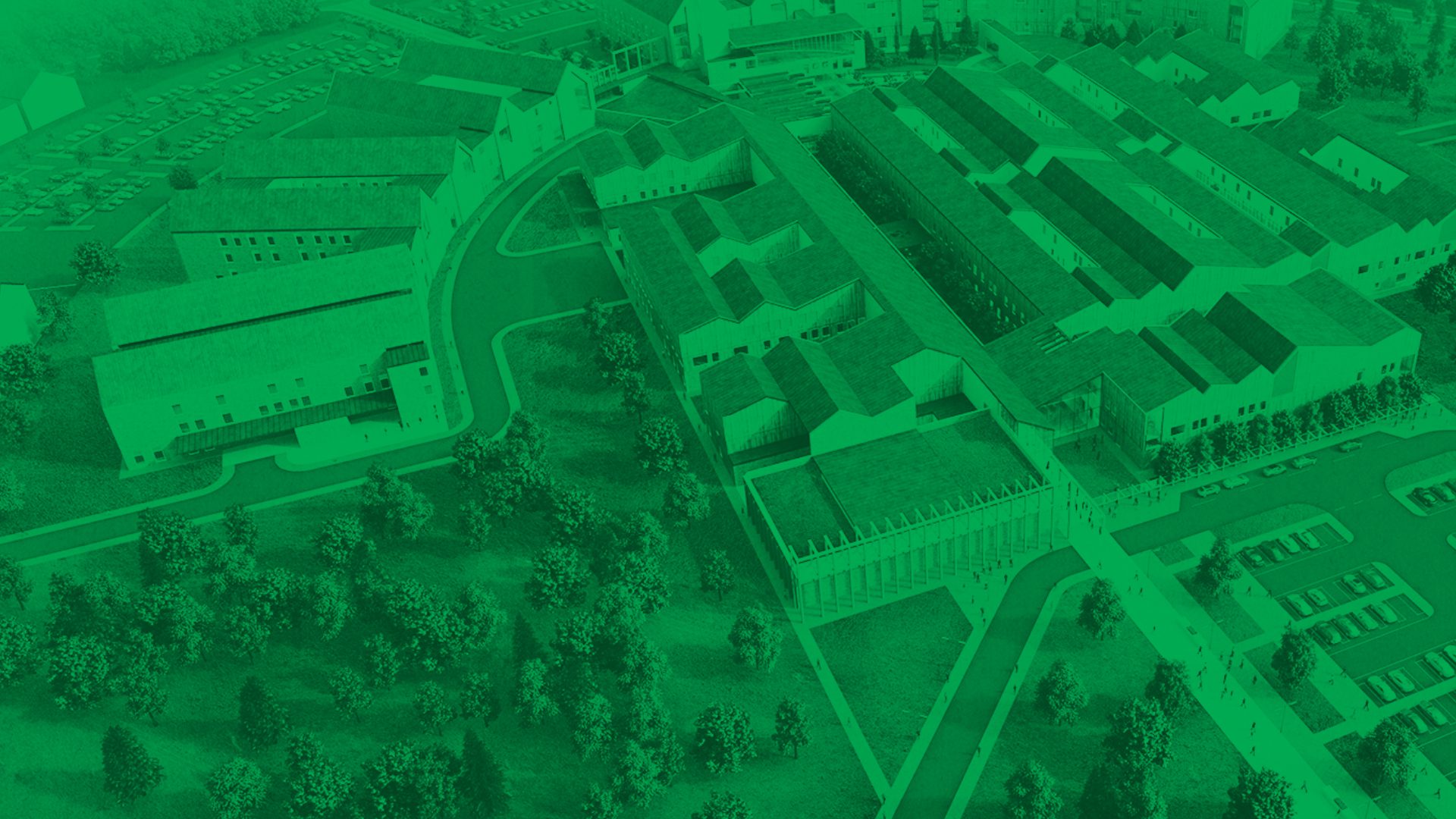Collaboration, community, curiosity: the future of design in healthcare
- Written by
- David Ross
- Listed in
- Posted on
- 24th Jul 2020

Despite the strange and uncertain times, we are experiencing right now, Keppie remain optimistic and resolute about the future.
The current world health crisis has reinforced the need for adaptable, resilient and future-looking healthcare facilities to support the awe-inspiring work being done on the frontline by those combatting all forms of disease.
In recent months, we completed one of the most notable healthcare projects in the long history of our practice. The days and nights that constituted this unique and unusual project were simultaneously exhausting, challenging, inspiring and enthralling.
We witnessed an industry that talks a lot about the importance of team working – of multi-discipline and contractor collaboration – put that into immediate, unquestioning and trusting practice. Every cog and spoke of the wheel operating in sync to ensure it kept turning and rolling towards its goal: the provision of a fully operational hospital capable of caring for over 1,000 patients created from scratch in less than three weeks.
Keppie has an unparalleled history of working with the NHS; over 70 years during which we’ve understood, analysed, reviewed and designed for every aspect of large complex specialist hospitals and healthcare centres of excellence.
To maximise the benefit of this knowledge to our clients in the UK and internationally, we have refined our strategy and our internal structure in this sector. The results of this have seen us recently complete The Balfour Hospital Orkney and the new East Lothian Community Hospital. We are also in the early stages of site construction with three new large acute hospitals in Oman. In addition, we are currently designing the new University Hospital Monklands, which will be the first digital healthcare campus in Scotland.
Our practice has maintained its reputation as leaders in healthcare design and delivery by understanding and anticipating the trends and shifts of the sector. More so than ever, the adaptability and resilience of our large healthcare estates is under scrutiny.
If logic tells us that people will spend less time in hospital in future as fully invasive procedures become less reliant on long-term observed recovery, then the drive towards community-based Health & Wellbeing will inevitably become more desirable.
Who will spend time recuperating in general hospital beds if complex cardiac and neurological treatment can be given laparoscopically where the surgeon and his team might not even be in the same room as the patient? Especially if that recuperation can be proven to be more effective when centred on the patient’s natural desire to be at home.
Should the future of retained urban healthcare estates, therefore, lie in their regenerative transformation into care villages providing us with safe, protected accommodation as we live longer past retirement?
2020 has been pivotal for many sectors, and for many areas of life that we have previously taken for granted. In the way we learn, in the way we work, in the way we shop, in the various ways in which we relax and especially in the ways in which we are treated if we are ill. None of these human needs or desires will diminish as a result of a pandemic; we will merely find different ways of achieving them.
For healthcare, the paradox between investment and resilience has never been more closely examined. The impact of COVID-19 will influence future priorities. But the desire to be more people-focused in our healthcare design has never been stronger. Our task – once again – is to understand and anticipate.
Keppie’s designers are always learning. We are always dreaming of a better future. We are always curious.